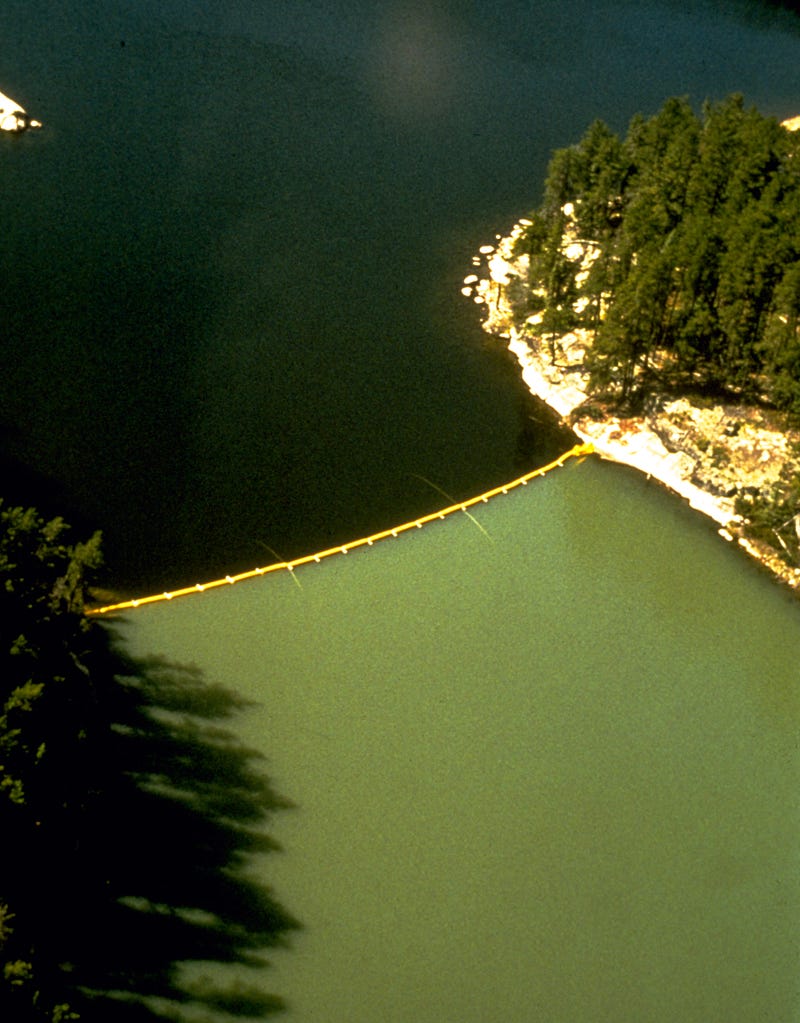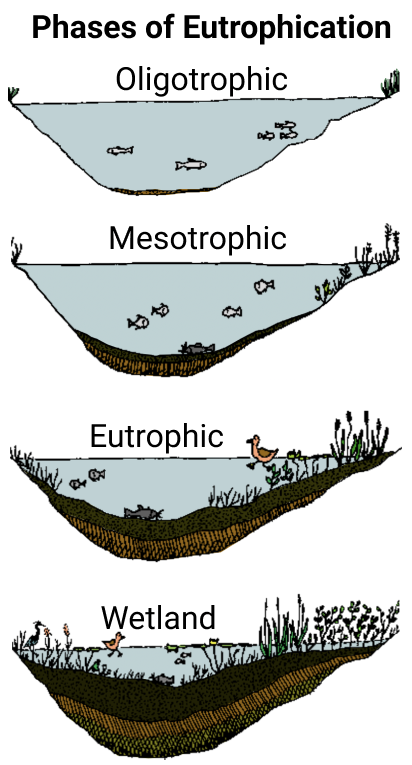Why Do Lakes Turn Green? Insights from Whole-Lake Experiments
Written on
Understanding Lake Eutrophication
Have you ever questioned why many lakes acquire an unappealing green hue during warmer months, particularly those bordered by extensive agricultural zones? To investigate this phenomenon, researchers conducted comprehensive whole-lake experiments at the Experimental Lakes Area (ELA), a unique collection of 58 previously untouched lakes designated for scientific exploration, situated in Ontario, approximately 150 miles north of International Falls, Minnesota.
The Natural Aging Process of Lakes
Every lake undergoes a natural aging process, where materials carried in by tributaries or deposited by the wind accumulate over time, eventually transforming the lake into a wetland. This gradual change, known as “eutrophication,” can take hundreds to thousands of years under natural conditions. However, human activities can accelerate this process, necessitating extensive experimentation to identify the key contributors.

The Landmark Experiment at Lake 226
One of the most significant studies at ELA commenced in 1973, involving the partitioning of Lake 226 using a vinyl-nylon sea curtain (refer to the cover image). Over an eight-year period, the southern section of the lake received fertilizers containing carbon and nitrogen, while the northern section was treated with carbon, nitrogen, and phosphorus.
The phosphorus-enriched segment experienced a substantial algal bloom, showcasing phosphorus as a critical nutrient driving algal growth. This excess phosphorus hastens the lake’s aging process, a phenomenon known as “cultural eutrophication.”
Impact on Environmental Legislation
During a time when communities were focused on nitrogen reduction, this pivotal experiment shifted public and legislative attention towards phosphorus control, leading to significant policy reforms. Initiatives were established to manage phosphorus levels in wastewater and eliminate phosphates from household detergents, culminating in a multi-million dollar phosphate control program for the Great Lakes. This research demonstrated that the cleanup of phosphorus was more cost-effective than nitrogen remediation, prompting community support for the changes.
The Ongoing Challenge of Cultural Eutrophication
Cultural eutrophication remains a pressing issue in lakes surrounded by intensive agricultural activity. For instance, the western basin of Lake Erie is frequently depicted as green in satellite imagery due to algal blooms, which are routinely monitored and predicted by NOAA.

In 2014, this problem escalated into the Toledo Water Crisis, during which residents were warned against consuming tap water due to contamination from toxic cyanobacteria. In response, Ohio enacted legislation to restrict fertilizer applications during solid or waterlogged soil conditions, though the effectiveness of this law on water quality remains uncertain.
Innovative Solutions for Fertilizer Management
The excessive application of fertilizers is a major driver of cultural eutrophication. Proposed solutions include implementing cover crops, no-till farming methods, and establishing buffers between agricultural fields and waterways. Farmers, understandably, wish to minimize fertilizer use due to associated costs; however, they often apply slightly more than needed to compensate for expected losses.
Researchers from Imperial College in London are working on a sensor that measures soil ammonia levels and utilizes an algorithm to determine the optimal fertilizer amount. This technology aims to predict fertilizer needs over a two-week period. Although it is still a few years from widespread adoption, it has the potential to help farmers reduce costs and mitigate eutrophication in adjacent water bodies.
Concluding Thoughts on Phosphorus Control
The groundbreaking research at Lake 226 highlighted the necessity of controlling phosphorus levels, but we must now focus on effective management strategies. While efforts to eliminate phosphorus from wastewater and detergents have addressed part of the issue, agricultural runoff continues to pose challenges. Therefore, advancing more efficient fertilizer application methods and maintaining awareness of usage levels are essential steps towards our goals.
Moreover, lake management policies must evolve. The traditional belief that “dilution is the solution to pollution” may not apply to larger lakes. For example, pollutants entering a lake through rivers can become trapped along the coast, adversely affecting coastal ecosystems.
The first video titled "Why Great Lakes Turn Green - YouTube" explores the factors contributing to the greening of lakes and the implications for ecosystems.
The second video "Why is my lake green? Here are three common “greenies” and what they each mean for your lake." provides insights into common causes of lake greening and their significance.